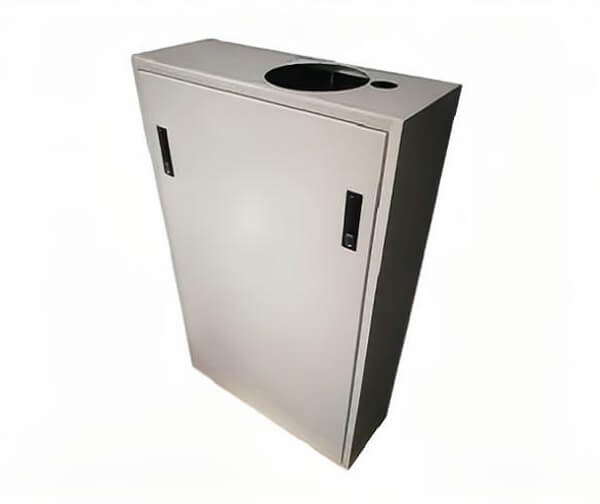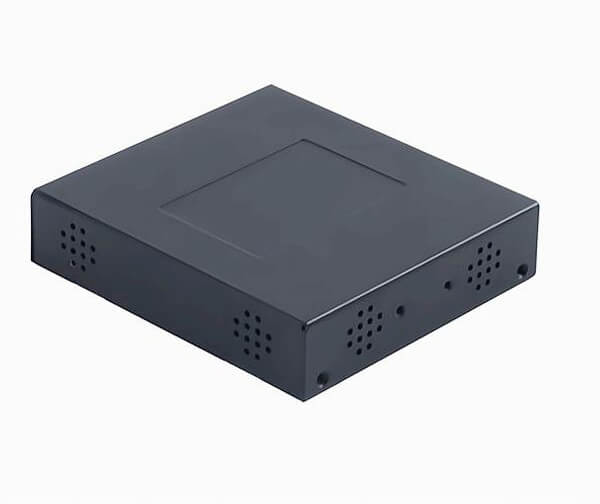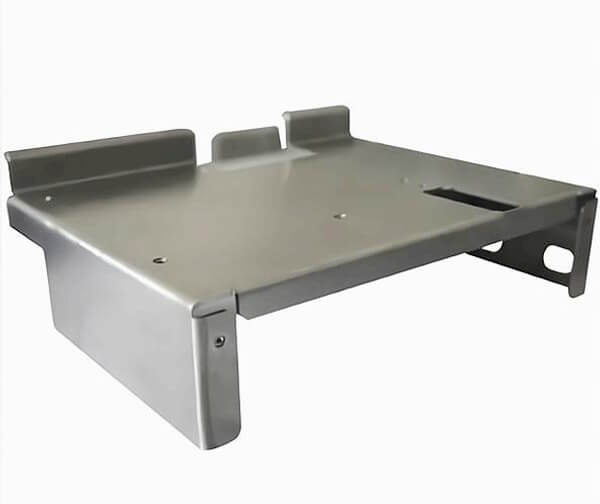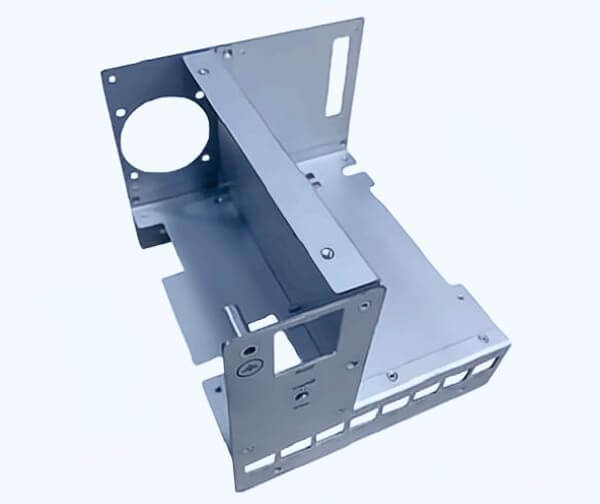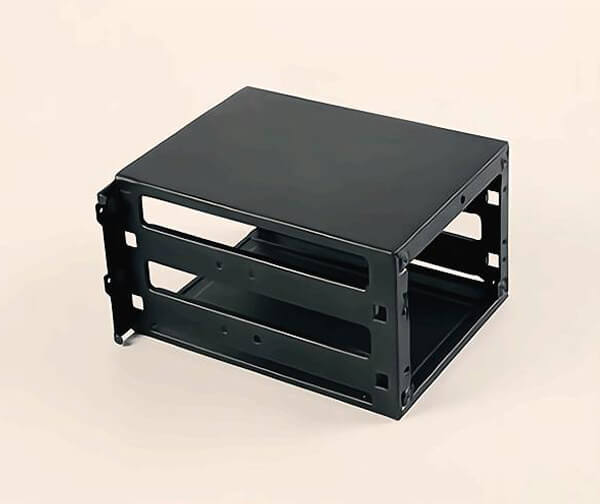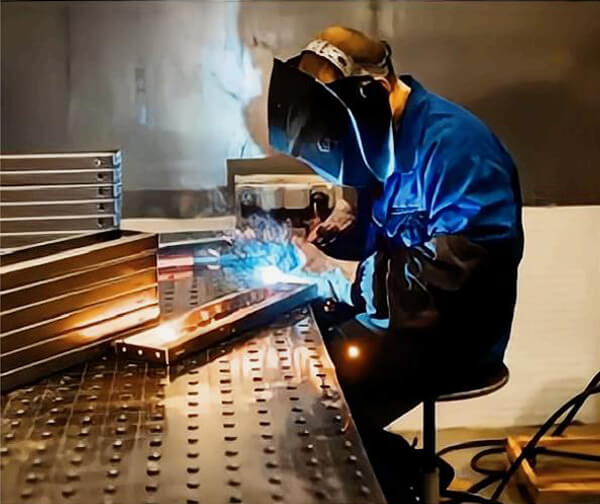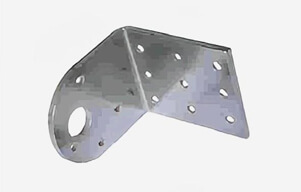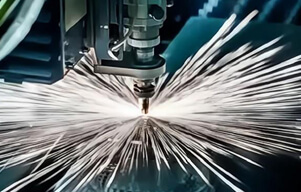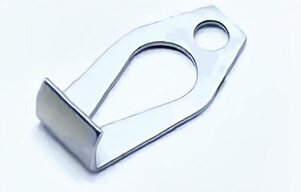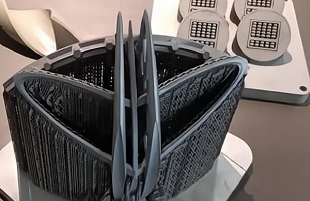Sheet Metal Welding Process
1. Put the workpiece in the accurate position according to the requirements of the drawing, and then weld it after the measurement is qualified. If necessary, with the help of tire fixtures;
2. Try to use flat welding when welding, if welding in other positions, the welding current should be adjusted to reduce it by 10% than the flat welding current;
3. During the welding process, it is necessary to measure whether the size meets the requirements at any time to prevent the deformation;
4. When the weld is long or the structure is assembled, it should be fixed by spot welding in sections and then welded to avoid deformation;
5. The arc pit should be filled when closing the arc, and the maximum arc pit should not exceed 5mm;
6. After welding ,knock out the chemical skin, clean the welding tumor and welding slag, and ensure that the weld seam is smooth and clean;
What Are The Advantages And Disadvantages Of Welding In Sheet Metal Fabrication Services
The advantages of Welding:
The welding process is a sheet metal fabrication process that is easy to mechanize and automate in processing.
Sheet metal welding simplify the processing and assembly, improve the sheet metal production efficiency.
Provide greater flexibility in structural design;High structural strength and good joint sealing;
Save a lot of metal materials, welded sheet metal parts reduce the weight of the component and increase the material usage to greatest extent, reduce product cost.
The tightness and waterproof performance of the welding of sheet metal parts have been significantly enhanced.
The Disadvantages of Welding:
High temperature, strong light and some toxic gases are produced in welding, which has certain damage to the human body, so it is necessary to strengthen labor protection.
The welded joint has a large performance inhomogeneity, due to the different composition and metallographic structure of the weld and the base metal, the thermal cycle experienced by each part of the joint is different, so that the performance of the joint in different areas is different;
The welding structure is easy to cause large residual deformation and welding internal stress. Since most welding methods use local heating, the welded parts after welding will inevitably stress and deformation in the structure, thereby affecting the bearing capacity, processing accuracy and dimensional stability of the structure. At the same time, it will also cause stress concentration at the junction of the weld and the weldment, affecting the brittle fracture of the structure;
There are a certain number of defects in welded joints: such as cracks, pores, slag inclusions, not welded through, not fused, etc. Defects can reduce strength, cause stress concentration, and damage weld compactness;

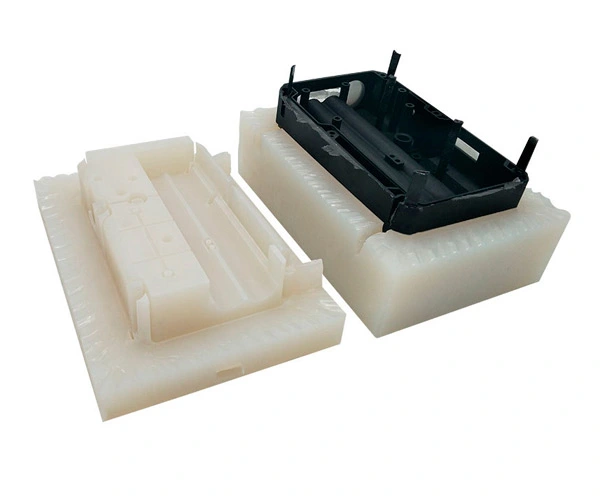
 EN
EN
 ja
ja  ko
ko  fr
fr  de
de  es
es  it
it  pt
pt  ar
ar  tr
tr  iw
iw 